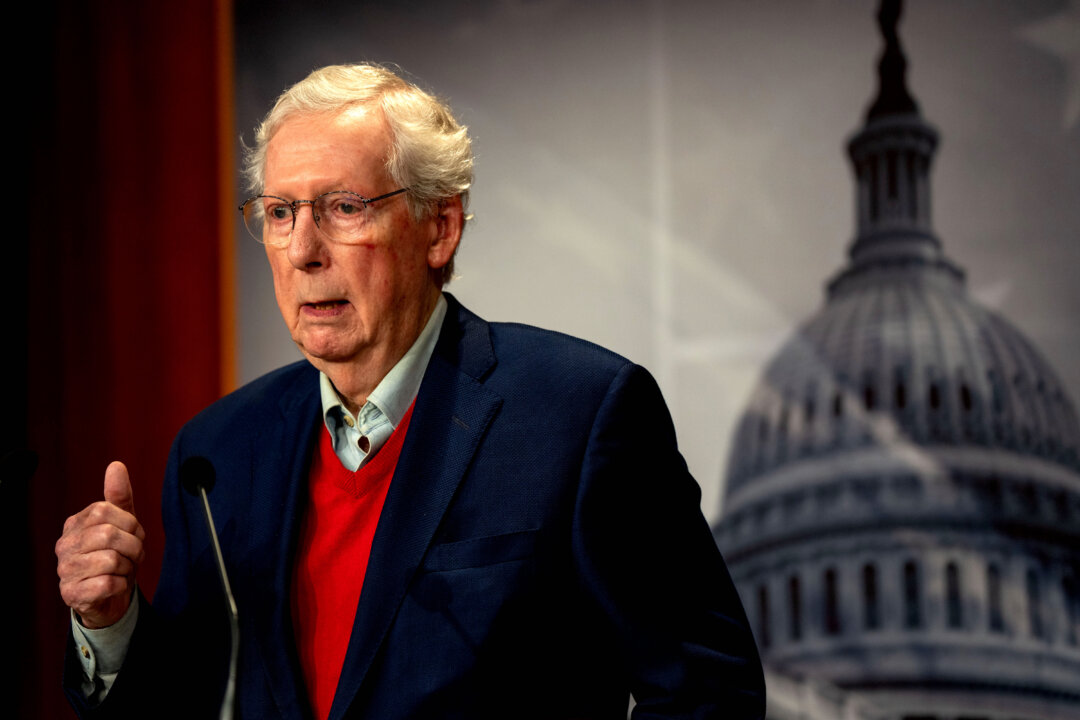
Opinion editor’s note: Strib Voices publishes a mix of guest commentaries online and in print each day. To contribute, click here . ••• As President-elect Donald Trump prepares to take office, the future of America’s energy policy might seem uncertain.
However, one fact remains clear: The transition to a clean energy economy is well underway, driven by market forces, consumer demand and technological innovation. Regardless of who sits in the White House, the economic momentum behind clean energy is powerful and will continue to move forward. Renewable energy sources are cost-competitive with fossil fuels, thanks to efficiencies like the staggering 90% drop in solar costs over the past decade, which is set to continue declining rapidly.
This cost decline, whether due to Wright’s law or strictly economies of scale, has transformed renewables from a niche choice into a mainstream, low-cost option. And as energy prices climb, the savings from renewables make them an attractive option for American families and businesses. While the Inflation Reduction Act (IRA) and Bipartisan Infrastructure Law have accelerated this progress with tax credits, incentives and rebates, the clean energy shift is backed by a broad coalition that spans industries, investors and state governments, many of whom are committed regardless of federal policy shifts.
According to the 2024 Clean Jobs Midwest report, Minnesota now has a record number of clean-energy jobs, surpassing 62,000 for the first time and is a driver of economic growth, outpacing the state’s overall job growth fivefold. In fact, there isn’t a Republican consensus to repeal the IRA, and increasingly there’s bipartisan agreement on the important need for clean energy innovation, jobs and modernization of our aging energy infrastructure to ensure American economic competitiveness and prosperity along with a reliable and resilient grid. The fact is that 70% of the new utility-scale wind and solar projects are being constructed in areas of the country where conservative politics are the dominant force, providing important economic development to those regions.
But there’s another, essential role for government: Investment in energy infrastructure ensures a smoother, quicker and more equitable transition. Public funds can expand access to clean energy, strengthen the grid, and enhance energy storage capabilities that protect against outages and price spikes. Supporting this transition isn’t just economically strategic — it’s a matter of national security and advancing progress toward energy independence.
Globally, the race for clean energy leadership is heating up. China intends to be the leader in EVs, solar and battery manufacturing, aiming to dominate production and supply chains. Maintaining momentum in the U.
S. is critical for both economic competitiveness and national security as energy independence becomes an increasingly important geopolitical goal and requires continued reshoring of domestic manufacturing and U.S.
infrastructure growth. The clean energy transition will happen regardless, but U.S.
clean energy leadership on the global stage needs a well-coordinated government role that can ensure the clean energy transition benefits everyone and keeps America competitive in emerging markets like hydrogen, green iron, sustainable aviation fuel and more. For America, the path forward is clear. The clean energy transition will endure, adapting to market forces, consumer demands and global competition.
Whether encouraged or merely tolerated by the federal government, clean energy is poised to define the next era of U.S. economic growth and leadership on the global stage.
The White House might influence the pace, but the destination is inevitable. Beth Soholt is executive director of the Clean Grid Alliance and has more than 20 years of experience in the industry, focused on technical/transmission planning, state regulatory proceedings, legislative education and outreach. Gregg Mast is executive director of Clean Energy Economy Minnesota and has nearly 20 years of professional experience in project development, resource analysis, feasibility and financial analysis, and fuel risk management in the clean energy sector.
.














